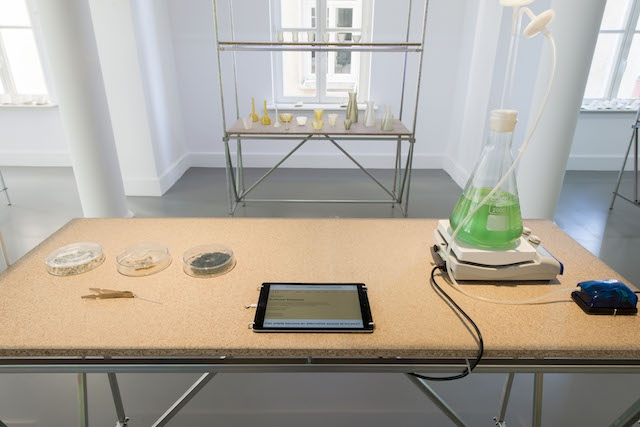The sight and sound of luggage clunking onto the dusty black rubber belts of carousels is one of many familiar and forgettable airport experiences. At Istanbul Atatürk, however, the backdrop to bags snaking around the arrivals hall is an array of black-and-white advertising billboards publicising the 4th Istanbul Design Biennial and asking, in very large Turkish letters, ‘What Can You Learn from a Suitcase?’
As a counterpoint to other cyclical exhibitions of contemporary design, the biennial operates at arm’s length from starry names and the manufacture of objects, mass-produced or otherwise. The seemingly oblique enquiries (‘What Do I Learn from Taking Care?’, ‘What Can I Learn from the Streets?’) that plaster the city’s public spaces and highways make a collective point: before we add more stuff to the world, should we not first understand what we already have? As if to further underline that critical distance from market forces, this year’s edition, A School of Schools, is presented as a series of lessons, each expanding fluid thematic and political territories – migration, blockchain, attention spans – for a new generation of designers to annex.
Led by Jan Boelen, chair of social design at the Eindhoven Academy and artistic director of both the research foundation Atelier Luma in Arles and Z33 House for Contemporary Art in Hasselt, the biennial began as an open call for new projects; some 120 are included. The themes that emerged became topics that its six venues circulate around. The global refugee crisis, disaster relief and climate change are dealt with in the ‘Earth School’; postlabour, posthuman design practices and future material cultures in the ‘Unmaking School’; information networks, spheres and connection in the ‘Currents School’; the fluctuating concept of a global standard in the ‘Scales School’; the distractions of late capitalism in the ‘Time School’; and colonial relics of food production and the politics of distribution in the ‘Digestion School’. A simple but clever exhibition design – oily metal, uncoated MDF, hundreds of prefabricated bolts – creates a flat value system for all the objects.
The selection, made along with cocurators Vera Sacchetti and Nadine Botha, slants heavily towards the eastern and southern Mediterranean region. Also, over 70 percent of participants are female. In one poignant work in the Currents School, young Turkish designer Ebru Kurbak presents a 2016 Lonely Planet Guide to Syria & Lebanon with her 2018 edits, updated interviews with residents she had conducted herself. A page that once recommended the short bus ride for a day trip to Damascus from Aleppo, for example, was redacted and replaced with details of the 100 deadly checkpoints that mark that rarely trodden road today.
The many similarly lo-fi projects and robust locally oriented public programmes and workshops are complemented by serious research endeavours. In Blooming Algae (2018), by Boelen’s Atelier Luma Algae Lab, a team of scientists and designers present ethereal greenish-yellow 3D-printed objects made from algae polymers, proposing an alternative to synthetic or oil-based plastics. Design collective åbäke offers Fugu Okulu (2018), centred on a Japanese fish – its stomach contents more deadly than cyanide – that has been seen in Turkish waters: in Japan it is a rare delicacy, in Turkey a threat to national security. The fish becomes an educational tool, explaining a complex weave of geopolitics and global warming that connects the two countries by way of graphic posters appropriated and painted over with graffiti, an infomercial-style video and two taxidermied blowfish, borrowed from a private collection in Istanbul. Earthquakes appear both as a point of cross-border collaboration in The School of Earthquake Diplomacy in a series of beautiful circular paintings created in workshops by Navine G. Khan-Dossos, and as a major policy-planning gap by Istanbul-based SO? Architects, who discovered that all public assembly points allocated as safe places to gather during an earthquake in Istanbul have been built over by commercial developers. In their Hope on Water, they’ve designed a temporary floating city in the Bosporus as an alternative way of highlighting these potentially deadly public policy gaps.
This year’s biennial is excellent – a socially conscious startup platform for many brilliant young makers and thinkers – but its underlying quandary is that without the mechanics of cultural production or academia, many of these designers have no economic basis for their practice. The world has not caught up. Can there ever be a market? Will the suitcase-production industry care to listen? Perhaps that is the task of the next edition.
4th Istanbul Design Biennial, 22 September – 4 November
From the December 2018 issue of ArtReview
